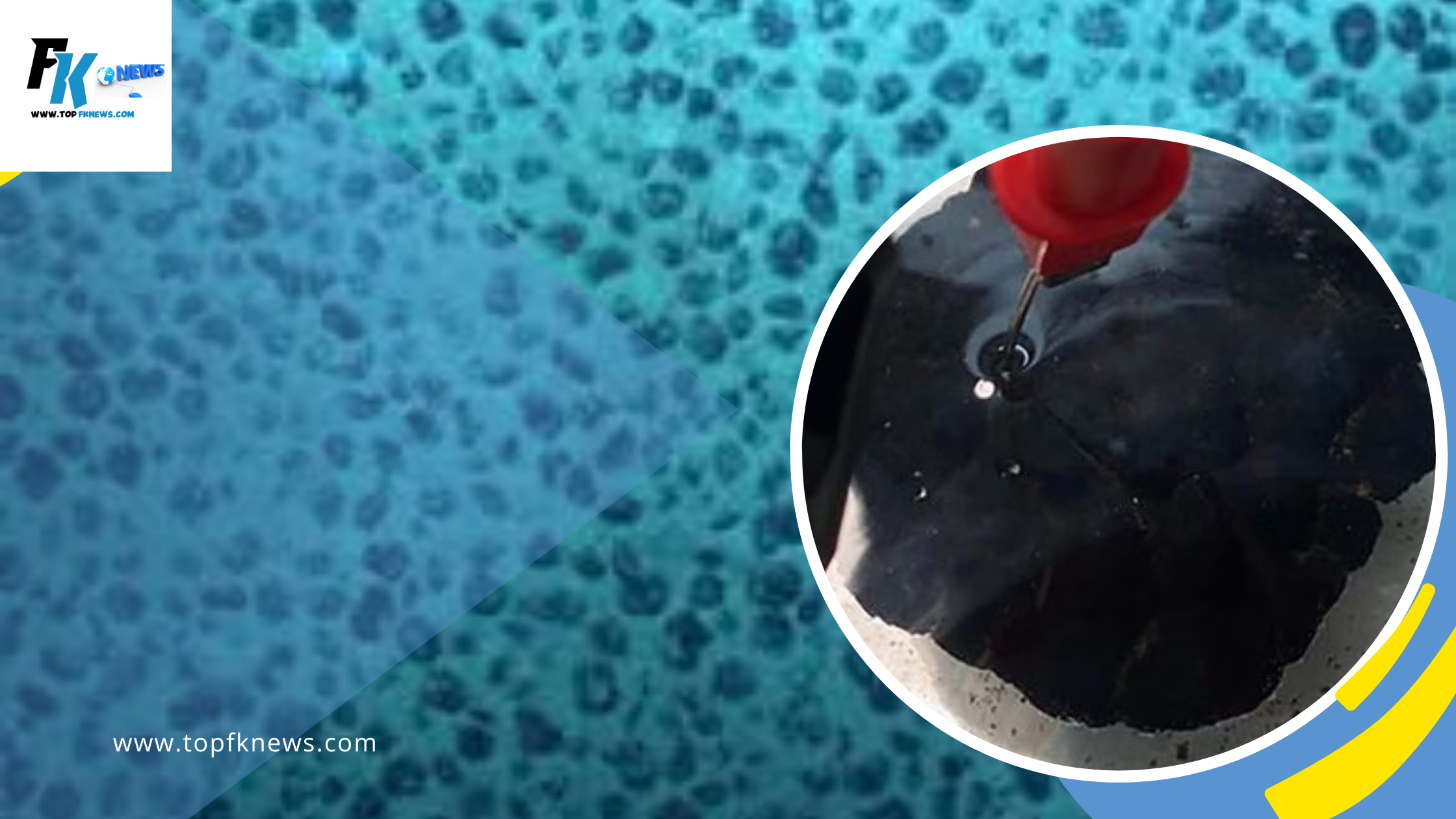Dark oxygen, a mysterious phenomenon first observed in 2013 aboard a vessel in a remote part of the Pacific Ocean, initially seemed so absurd that it convinced ocean scientist Andrew Sweetman his monitoring equipment was faulty. The sensors appeared to indicate oxygen production on the seabed 4,000 meters (about 13,100 feet) below the surface, where no light reaches. This anomaly was detected on three subsequent voyages to the Clarion-Clipperton Zone.
Sweetman, a professor at the Scottish Association for Marine Science and leader of the seafloor ecology and biogeochemistry group, recalled telling his students to pack up the sensors and send them back for testing, assuming they were malfunctioning. However, the manufacturer repeatedly confirmed that the sensors were working correctly and calibrated.
Traditionally, photosynthetic organisms like plants, plankton, and algae produce oxygen using sunlight, which then cycles into the ocean depths. Prior studies have shown that deep-sea organisms only consume oxygen, not produce it, Sweetman explained.
Now, his team’s research is challenging this established belief, revealing oxygen production occurring without photosynthesis. “You’re cautious when you see something that goes against what should be happening,” Sweetman noted.
Published Monday in the journal Nature Geoscience, the study highlights how much remains unknown about the ocean’s depths. It also emphasizes the risks involved in exploiting the ocean floor for rare metals and minerals. The discovery of another source of oxygen on the planet, independent of photosynthesis, could have significant implications for understanding the origins of life.
Examining the seafloor
Sweetman first noticed the surprising production of “dark” oxygen on the seafloor while studying marine life in an area designated for mining potato-sized polymetallic nodules. These nodules, which form over millions of years from metals settling around shell fragments and other debris, cover a large portion of the seafloor.
The metals in these nodules, like cobalt, nickel, copper, lithium, and manganese, are in high demand for green technologies such as solar panels and electric car batteries. However, critics worry that deep-sea mining might cause irreversible damage to the pristine underwater environment. Mining could stir up sediment and noise, harming midwater ecosystems and organisms that depend on the nodules.
There’s also concern that deep-sea mining could disrupt the ocean’s carbon storage, worsening the climate crisis.
In his 2013 experiment, Sweetman and his team used a deep-ocean lander to press a small chamber into the seafloor and trap a small area of sediment and water. He expected the sensor to show a gradual decrease in oxygen levels as tiny animals consumed it. This data would help him understand how seabed creatures and microorganisms are active.
It wasn’t until 2021, when a backup method also detected oxygen production, that Sweetman realized he had been overlooking a significant discovery. “I thought, ‘My God, for the last eight or nine years, I’ve been ignoring something really big,’” he said.
Sweetman has observed this phenomenon repeatedly over nearly a decade in the Clarion-Clipperton Zone, an extensive area beyond any single country’s control. His team has taken samples of sediment, seawater, and nodules back to the lab to figure out how the oxygen is being produced.
Understanding dark oxygen
In a series of experiments, the researchers eliminated biological causes like microbes and focused on the nodules themselves. They initially thought that oxygen might be released from the manganese oxide in the nodules, but that wasn’t the case.
A breakthrough came when Sweetman watched a documentary about deep-sea mining in a São Paulo hotel bar. One commentator described the nodules as “batteries in rocks,” which led Sweetman to wonder if the phenomenon could be electrochemical. He realized that the nodules might be acting like batteries themselves.
Sweetman then consulted Franz Geiger, an electrochemist at Northwestern University. Together, they used a multimeter to measure tiny voltages and found readings of 0.95 volts on the nodules’ surface. While this was less than the 1.5 volts needed for seawater electrolysis, it suggested that higher voltages could occur when nodules are grouped together.
Geiger described their discovery as a natural “geobattery,” which could explain how dark oxygen is produced in the ocean.

